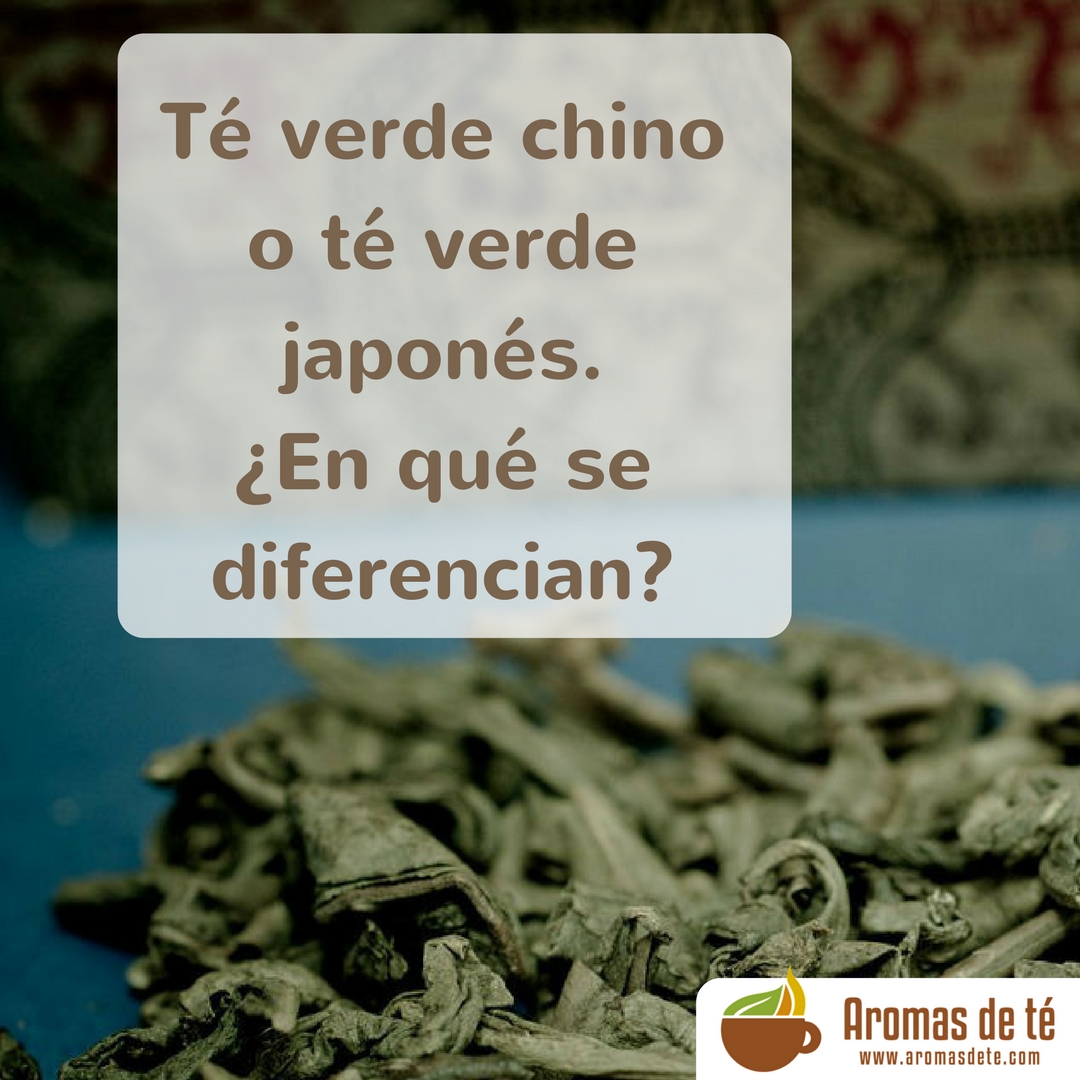 Are there differences between the Japanese and the Chinese green tea? What is of greater quality? Are issues that is ask many consumers of tea and that we are going to try to clarify.
Are there differences between the Japanese and the Chinese green tea? What is of greater quality? Are issues that is ask many consumers of tea and that we are going to try to clarify.
Both the Chinese green tea and Japanese green tea come from the same plant, Camellia Sinensis, so differences can be defined by the conditions of cultivation and processing.
Green tea is subjected to a process to prevent its oxidation or fermentation. The particularity that makes green tea is considered virtually a genuine «natural medicine» is that it is not a fermented tea, which makes to keep its natural ingredients almost as in its natural state. Regular consumption of green tea helps fight against corrosion caused by free radicals, substances from metabolism of oxygen and other chemicals that contribute to accelerate aging and the appearance of diseases such as cancer and cardiovascular disease.
In this process, we find differences between the two Asian countries:
Drying
Chinese traditional method used drying sheets-oven to rid them of the water content. Meanwhile Japanese green tea is boiled to steam to stop oxidation, trying to preserve the taste of grass. In this sense, Japanese teas are rich in Polyphenolic compounds that act as antioxidants, especially EGCG (Epigallocatechin gallate) thanks to the use of steam in the process said.
Color and flavor
The tea green Chinese offers a color green brown while the color of the tea green Japanese is green intense.
The taste is also very different: the Chinese green tea flavor is softer and with more earthy trends while the Japanese green tea offers a more intense flavor and fresh (to be cooked steamed).
Price
China is the largest exporter of tea of the world, by this, a point very important in favor of the tea green Chinese is their price. Usually tends to be more cheap that the tea green Japanese, since produce tea in china requires less investment due to them costs labor and the extension of the country.
The production of green tea in Japan is greatly limited by the lack of space and this increases its price but doesn’t mean that it is more expensive for its quality.
Types of tea green Chinese
Lung Ching. It’s a very special variety produced in China, monks, consume it in tea since it helps them concentrate, clarifying them mind and reassure them.
Gunpowder. Known in their country of origin as the’ Pearl’ or ‘PIN heads’, China Gunpowder Green tea features, no doubt, shape into ball of its leaves. Experts say the key to quality is in its leaves, much smaller size, better. This type of tea is the most consumed in the world within the variant of green teas.
Chun Mee. Originally from Jiangxi province, is one of the most popular of the Asian country. It is soft and refined taste.
Types of Japanese green tea
Sencha. Its properties, as well as its sweet flavor and little astringent have become the most popular tea in the Asian country. It is the tea which is used for the famous tea ceremony
Matcha. A fine powder which is prepared with a bamboo whip and which is frequently used in the kitchen.
Genmaicha. It is made by mixing tea bancha and roasted rice. Genmaicha green tea also receives the colloquial name of Popcorn Tea in English, by the form of popcorn that has the puffed rice when this tea infusiona. In its country of origin it is consumed especially in the mornings, since it’s a natural energy drink, featuring a large dose of minerals. Mild flavor and with little protein.
Gyokuro. It is one of the most appreciated in his country, for its properties. It is the type of green tea with more caffeine which are known, in addition to having a degree in polyphenols and chlorophyll much higher than those of the rest of green teas.
Bancha. One of the cheapest in the market and the most consumed in their country of origin, Japan, not only by its price, but by the many healthy properties that it can be.
Kukicha It’s a tea rich in minerals such as magnesium, potassium, fluoride and calcium, contributing to the natural oral health care and strengthening the State of your bones. On the other hand, it helps to soothe the anxiety and stress.
As we have just seen, the two countries produce many varieties of green tea of very good quality and it is not easy to tell which source is better. You get to try them out and decide!

